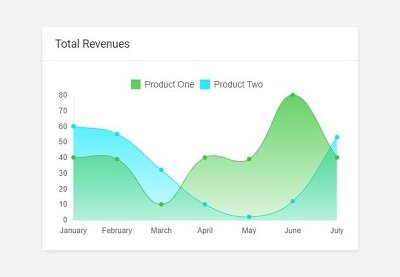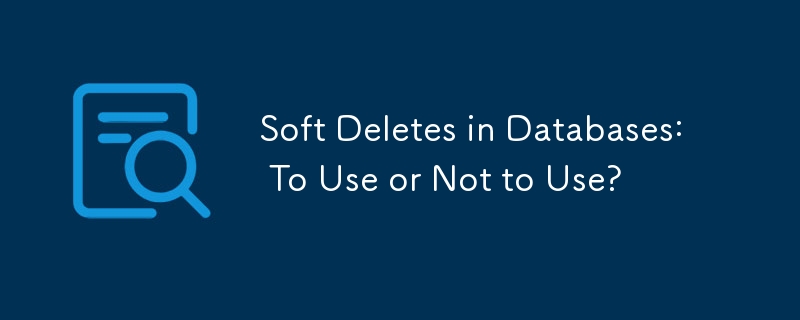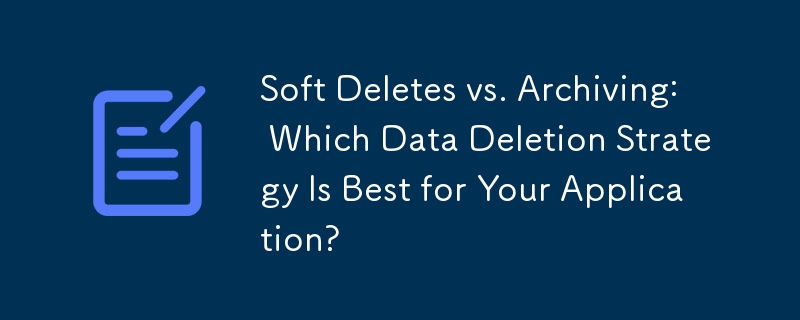Found a total of 10000 related content

19 Best JavaScript Admin Templates for React, Angular, and Vue.js
Article Introduction:Streamline Your App Development with Top JavaScript Admin Panel Templates
Building an app? Save time and effort with a pre-built JavaScript admin panel template. This article showcases powerful React, Angular, and Vue.js templates to create stunnin
2025-03-10
comment 0
1053

How to disable admin editing in Django Admin Panel
Article Introduction:Django Admin Panel: A Read-Only Approach for Data Management
The Django Admin Panel offers a user-friendly interface for managing models, data, and users. Its built-in search and filtering capabilities are incredibly convenient. However, sometimes r
2025-01-27
comment 0
1183

Enum-Powered Route Permissions in Laravel
Article Introduction:Laravel now simplifies permission checking in routing by adding enumeration support directly in the can() method. This enhancement eliminates the need to explicitly access the value attributes of the enumeration, making the routing definition simpler and more expressive.
This feature is especially great when building admin panels or multi-tenant applications where permission management is critical and you want to take advantage of PHP's type safety features.
Route::get('/admin', function () {
// ...
})->can(Permission::ACCESS_ADMIN);
Here is how to implement the basics in the admin panel
2025-03-06
comment 0
921

Adding a Contextual Help Tab to Custom Post Type Screens
Article Introduction:WordPress context help tags: The key to improving user experience
A small "Help" tab in the upper right corner of the WordPress admin panel will display useful information and usage of each admin page. This is the context help tab. Its "context" feature is that the information displayed is related to the currently viewed management page. For example, clicking on the article editing page will display instructions for customizing the screen display, entering titles and content, inserting media files, and enabling or disabling comments and pingbacks.
For plugin or theme developers, this helps to provide users with fast documentation, thereby reducing customer support issues. If you want to learn topic development, you can check out SitePoi
2025-02-10
comment 0
1100

How to use the HTML5 Data attributes for custom data.
Article Introduction:HTML5's data attribute is a standard way to store custom data on page elements. 1. It starts with data-, such as data-user-id. The data is invisible to the user but can be accessed through JavaScript; 2. Use the dataset attribute to read or set the data, and the hyphen is converted to camel; 3. Suitable for front-end template rendering, component state management, interactive control and other scenarios; 4. Precautions include avoiding storing sensitive or large amounts of data, preventing naming conflicts, paying attention to data type conversion, and reasonable use to avoid performance problems. Correct use of data attributes can make the front-end logic clearer and more concise.
2025-07-04
comment 0
281


Dave The Diver: How To Catch Spider Crabs
Article Introduction:In Dave The Diver, there are some creatures that are not easy to catch. Or, catch alive that is. The spider crab is one of those very species, making it seem like the only way to bring these crustaceans back up to land is to viciously crack them up w
2025-01-10
comment 0
777

Prepare for Interview Like a Pro with Interview Questions CLI
Article Introduction:Prepare for Interview Like a Pro with Interview Questions CLI
What is the Interview Questions CLI?
The Interview Questions CLI is a command-line tool designed for JavaScript learners and developers who want to enhance their interview
2025-01-10
comment 0
1408

Soft Deletes in Databases: To Use or Not to Use?
Article Introduction:Soft Deletes: A Question of DesignThe topic of soft deletes, a mechanism that "flags" records as deleted instead of physically removing them, has...
2025-01-10
comment 0
1026

















